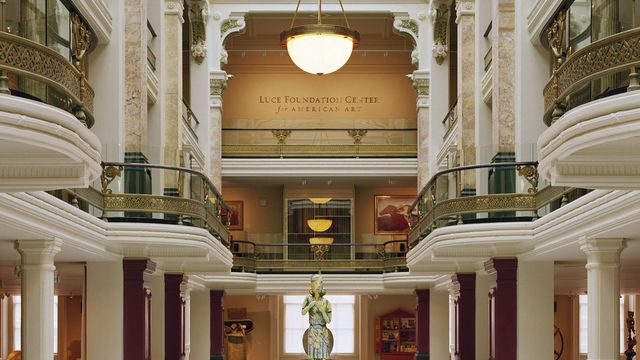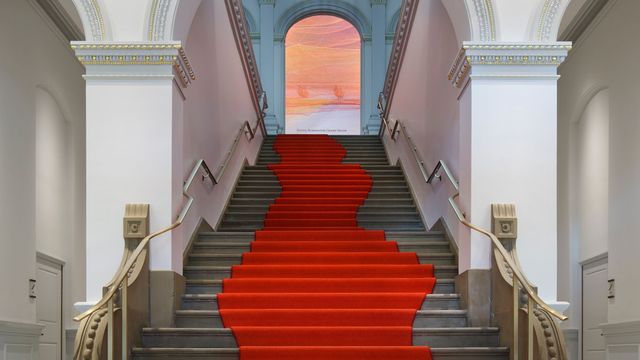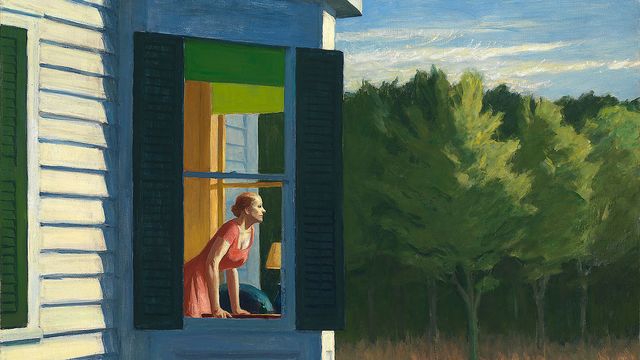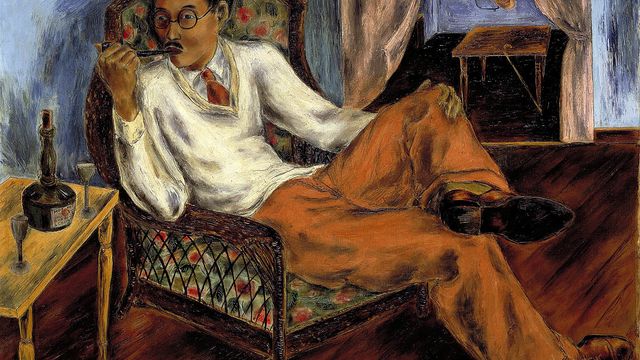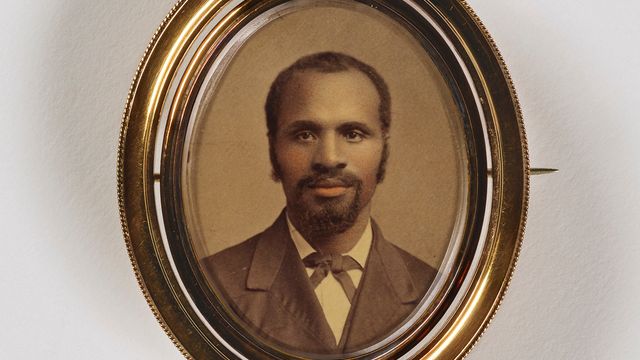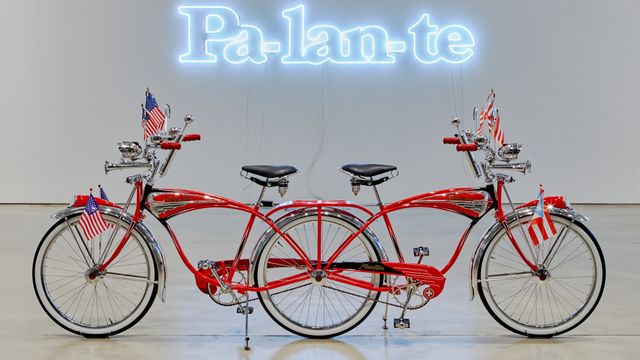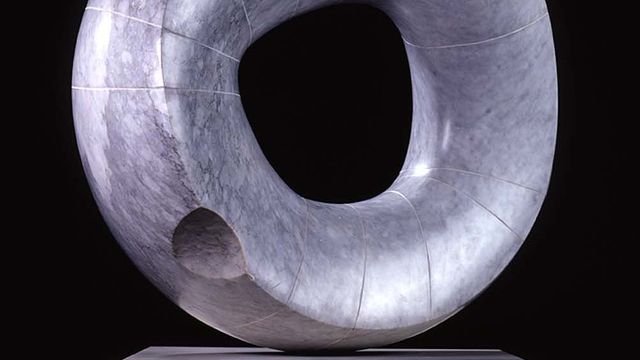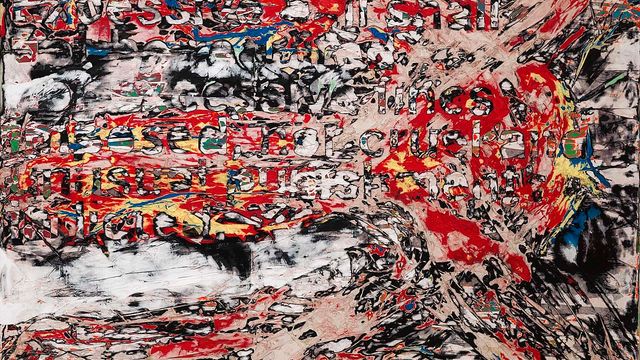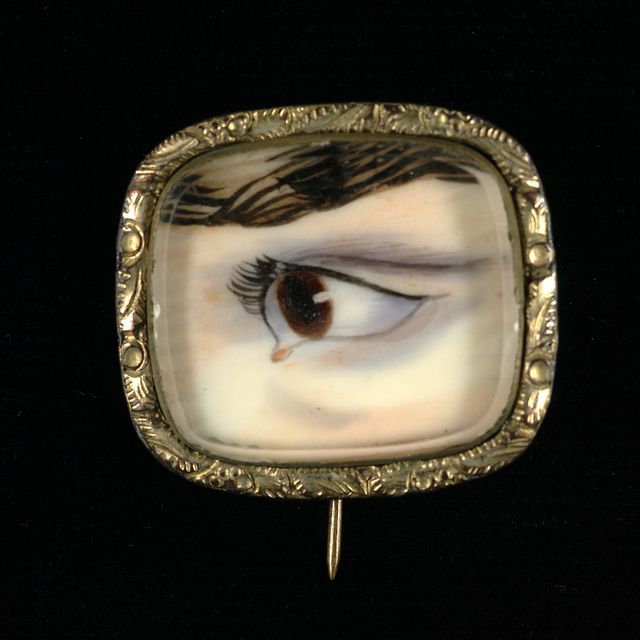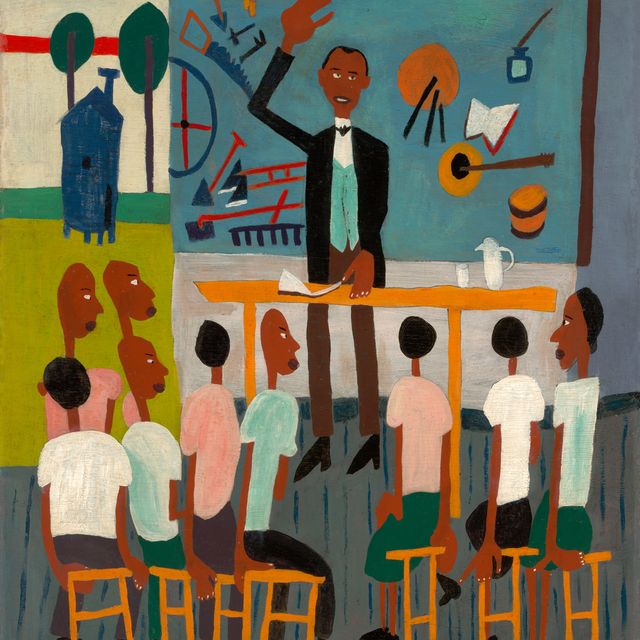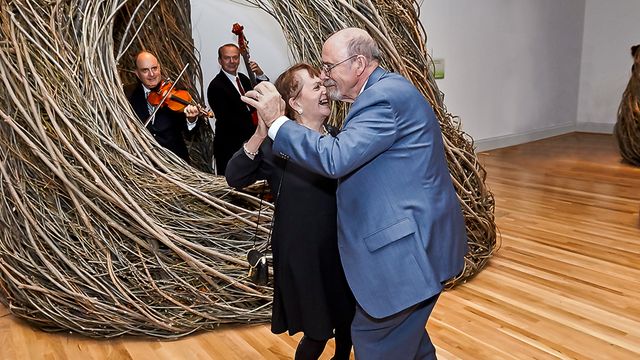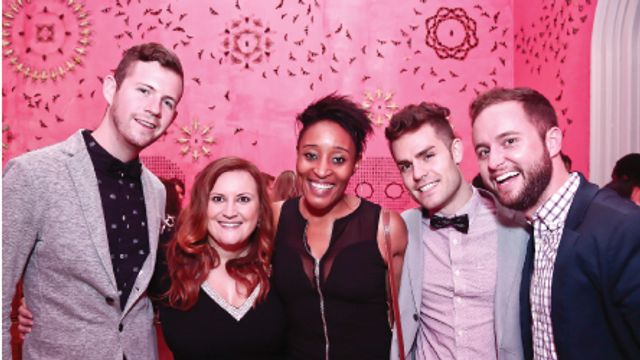Artwork Details
- Title
- Ten Breaths: Tumbling Woman II
- Artist
- Date
- 2007-2008
- Location
- Not on view
- Dimensions
- 23 x 26 x 49 in. (58.4 x 66.0 x 124.5 cm)
- Copyright
- © 2008, Eric Fischl
- Credit Line
- Gift of the James F. Dicke Family
- Mediums
- Mediums Description
- bronze
- Classifications
- Subjects
- History — United States — September 11
- Figure female — full length
- Disaster
- Object Number
- 2013.86
Artwork Description
Works by this artist (7 items)
Videos
Born in New York City, Eric Fischl received his B.F.A. degree from the California Institute of the Arts in Valencia in 1972. Two years later he became an assistant professor at the Nova Scotia College of Art and Design in Halifax, where he continued teaching until 1978. In the 1980s Fischl's large figurative paintings, aggressive in their confrontation with the viewer, began to receive substantial attention. Along with painting, he turned to photography and monotypes. His 1990 series of Beach paintings drew on photographic sources. Since the late 1970s, Fischl's work has been widely shown in solo and group exhibitions in the United States and Canada. Solo shows of his paintings were presented at the Dalhousie Art Gallery in Halifax, Galerie B in Montreal, the University of Colorado at Boulder, and Mary Boone Gallery in New York. In 1991 Fischl exhibited his monotypes at the Hood Museum of Art at Dartmouth College.

